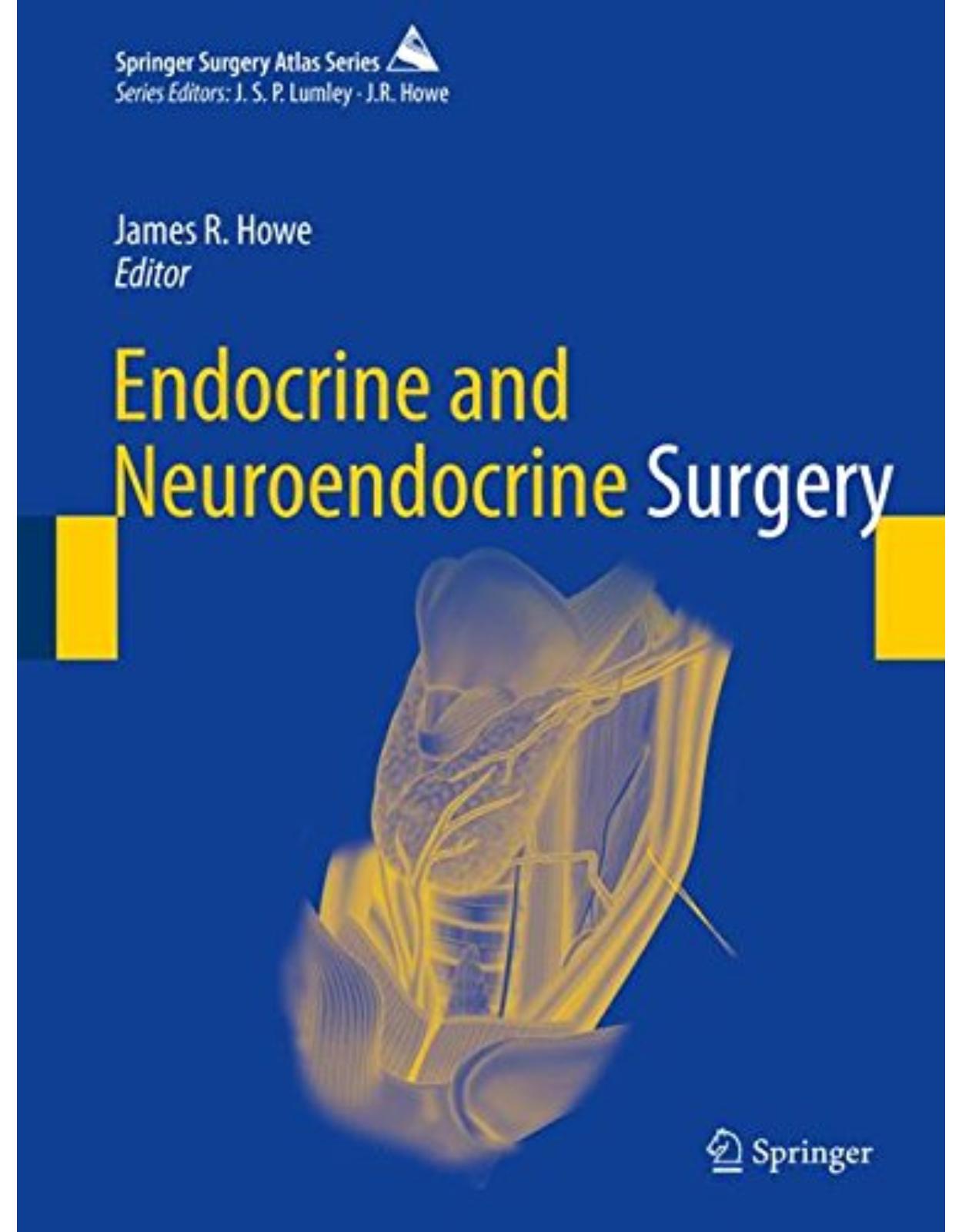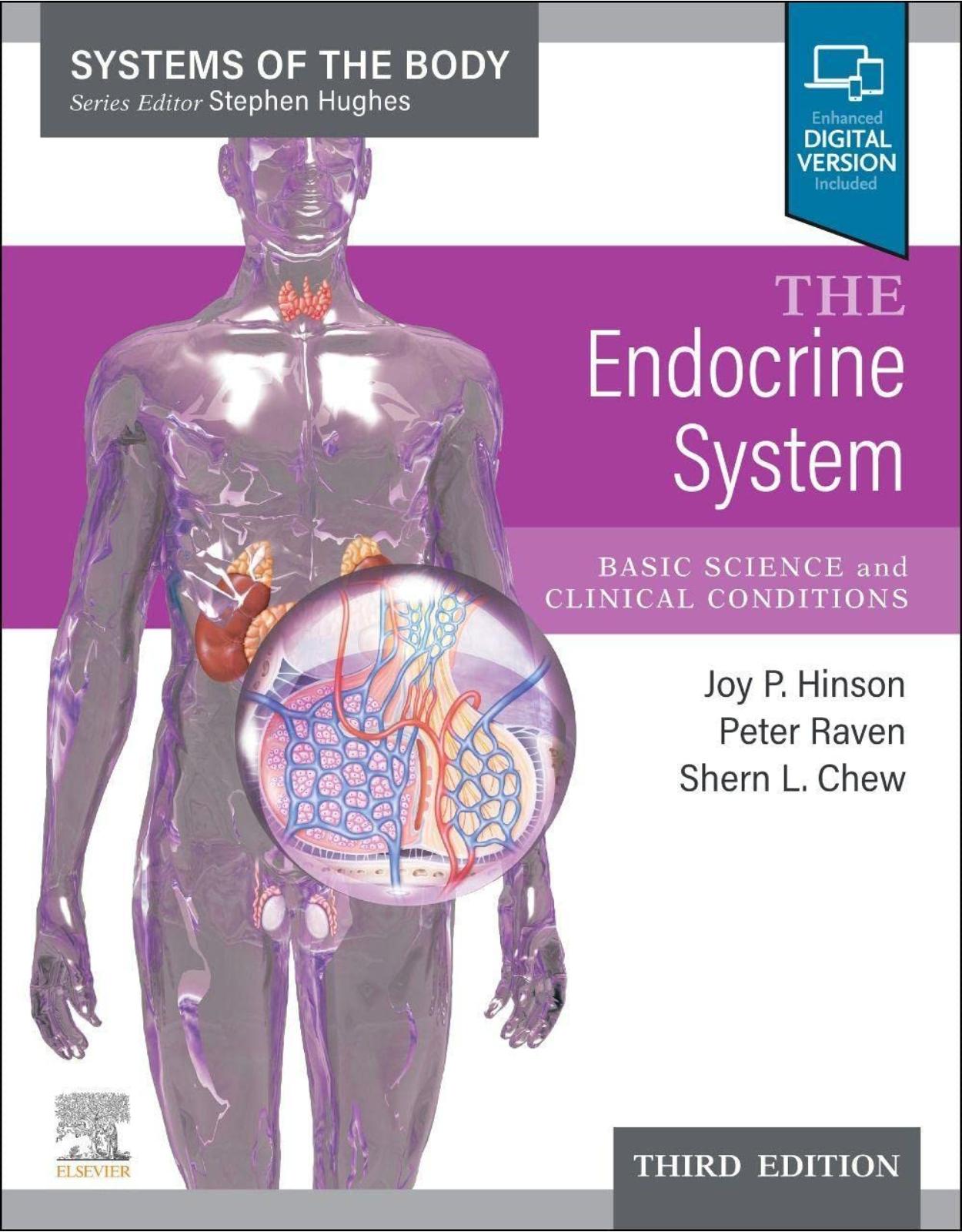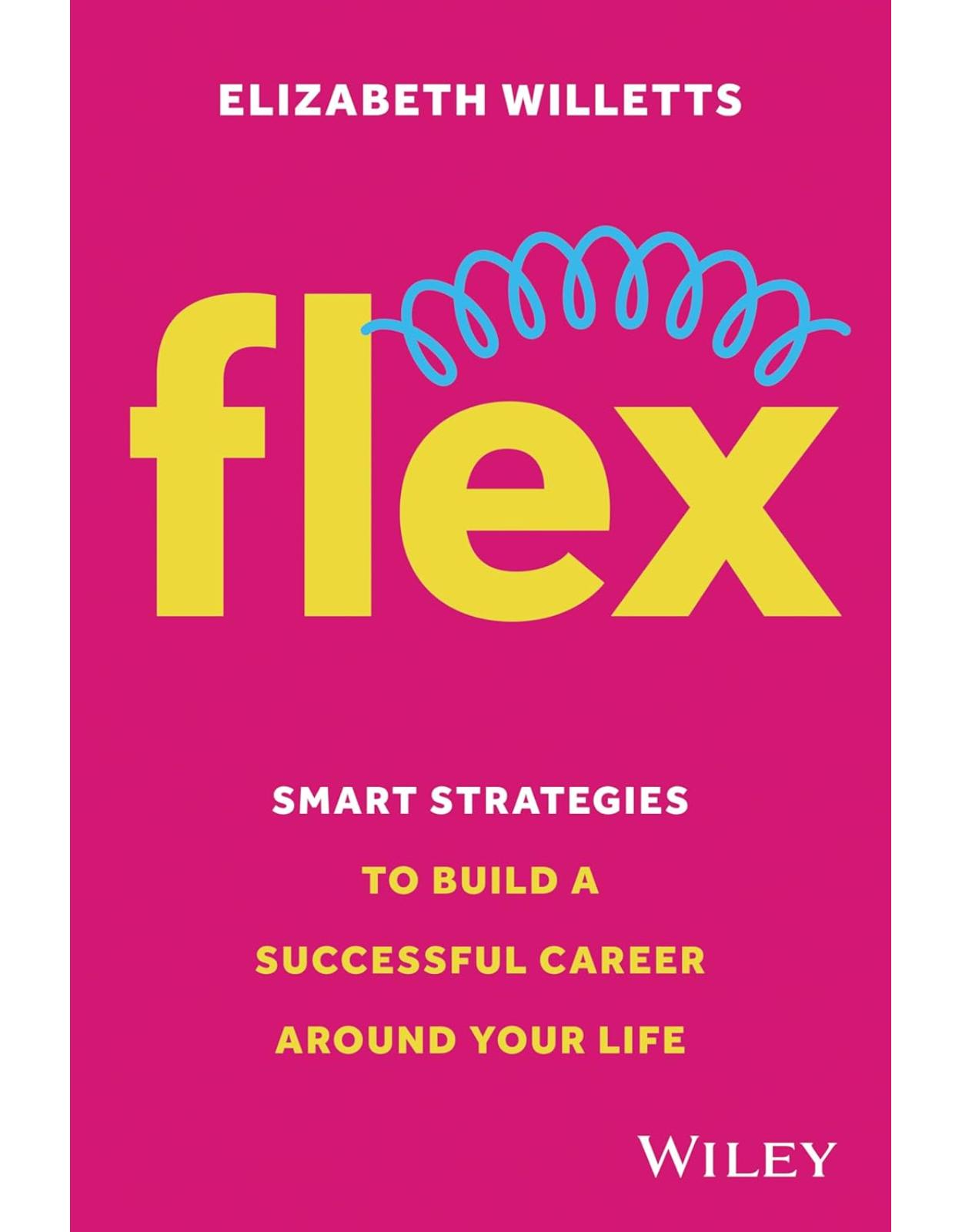
Clinical Dilemmas in Diabetes
Livrare gratis la comenzi peste 500 RON. Pentru celelalte comenzi livrarea este 20 RON.
Description:
Clinical Dilemmas in Diabetes answers the clinical questions commonly encountered when diagnosing, treating, and managing patients with diabetes and its associated complications. Designed to support informed, evidence-based care, this authoritative clinical guide includes contributions from leading endocrinologists and diabetes researchers that discuss a diverse range of recent developments. Concise and focused chapters cover prediabetes, diabetes diagnosis, initial evaluation and management, disease complications, and cardiovascular disease and risk factors.
Now in its second edition, Clinical Dilemmas in Diabetes contains extensively reviewed and revised information throughout. New and updated chapters examine prediction, diagnosis, and management of early Type 1 diabetes, ophthalmic complications, screening asymptomatic patients for cardiovascular disease, new agents for treatment of dyslipidemia, closed loop systems in Type 1 diabetes, upper gastrointestinal manifestations, managing hyperglycemia in critically ill patients, and more. Edited by Dr. Vella at the Mayo Clinic, this highly practical resource:
Encourages evidence-based clinical decision-making, rather than algorithm-based approaches
Provides clear guidance on common problematic areas, especially in cases where conflicts in treatment for the disease and the complications occur
Emphasizes the importance of translating the results of clinical trials to individual care and management of diabetes
Contains effective learning and revision tools, including Learning Points, chapter introductions and summaries, tables and figures, color diagrams and charts, and full references
Part of the popular Clinical Dilemmas series, Clinical Dilemmas in Diabetes is a must-have guide for anyone involved in the treatment of patients with diabetes, particularly endocrinologists, diabetes specialists and consultants, cardiologists, residents, fellows, specialist nurses, and general practitioners with an interest in diabetes.
PART I: Prediabetes and the Diagnosis of Diabetes
1 “Is Prediabetes a Risk Factor or Is It a Disease?”
What is prediabetes?
Rationale for the diagnostic criteria for diabetes mellitus and prediabetes
Epidemiology of prediabetes
Pathogenesis of impaired fasting glucose and impaired glucose tolerance
Screening recommendations for prediabetes
Risk of progression from prediabetes to diabetes mellitus
Microvascular complications associated with prediabetes
Macrovascular complications and mortality associated with prediabetes
Management of prediabetes
Conclusion
References
2 Early Diagnosis of Type 1 Diabetes – Useful or a Pyrrhic Victory?
Introduction
Pathogenesis of T1D: An Update in View of Defining Preventive Tools
Prediction of T1D as the Basis for Disease Prevention
Prevention of T1D: Current Status
Conclusions
Acknowledgments
References
3 Reclassifying or Declassifying Diabetes? Can Clinical Characteristics Guide Classification and Treatment?
The pathophysiology of hyperglycemia – type 1 vs type 2 diabetes
Genetic and environmental influences on disease presentation
Measuring insulin secretion
Autoantibodies
“Atypical” diabetes, glucose toxicity and the honeymoon period
Cystic fibrosis‐related diabetes
Novel approaches to reclassifying diabetes
Conclusions
Bibliography
4 How Should Secondary Causes of Diabetes Be Excluded?
Introduction
Hereditary haemochromatosis
Cystic fibrosis‐related diabetes
Pancreatic‐cancer‐associated diabetes
Diabetes due to hormone excess
Post‐transplantation diabetes mellitus (PTDM)
Diabetes associated with atypical antipsychotic drug use
Diabetes associated with HIV infection and its treatment
Diabetes secondary to immunotherapy
Monogenic forms of diabetes
References
5 How to Screen Appropriately for Monogenic Diabetes
Maturity onset diabetes of the young (MODY)
Differentiating monogenic diabetes from type 1 diabetes
Differentiating monogenic diabetes from type 2 diabetes
When to screen for monogenic diabetes?
Common forms of monogenic diabetes
Conclusions
References
PART II: Initial Evaluation and Management of Diabetes
6 Managing Gestational Diabetes During and After Pregnancy
Introduction
GDM diagnosis
GDM management
Conclusion
References
7 What Is the Role of Self‐Monitoring in Diabetes? Is There a Role for Postprandial Glucose Monitoring? How Does Continuous Glucose Monitoring Integrate into Clinical Practice?
Self‐monitoring of blood glucose
SMGB in type 1 DM and insulin‐requiring T2DM patients
SMBG in non‐insulin‐requiring T2DM
Postprandial SMBG
Continuous glucose monitoring systems
Flash glucose monitoring systems
References
8 Does HbA1c Remain the Most Important Therapeutic Target in Outpatient Management of Diabetes?
The glucose hypothesis and vascular risk
Measuring glycemic control in the clinical management of diabetes
Additional therapeutic targets to consider for hyperglycemia in the outpatient management of diabetes
Summary
References
9 Technology Issues: Continuous Glucose Monitoring, Insulin Pumps, and Closed Loop Control for Patients with Diabetes
Introduction
Continuous Glucose Monitoring (CGM) for Diabetes Care
Currently Approved CLC for T1DM
Post‐marketing Studies
Ongoing Pivotal Studies/Anticipated Closed Loop System
Closed Loop Control Initiation at Onset of T1D
CLC is Being Tested in Specific Subgroups with Type 1 Diabetes at Present
Cost of Diabetes Technologies
Insulin Pump Use for People With T2DM
Conclusion
References
10 Optimizing Diet in Patients with Diabetes
Summary
References
11 Are Insulin Sensitizers Useful Additions to Insulin Therapy?
Insulin sensitizers
Biguanides
Thiazolidinediones
Discussion
References
12 Incretin‐Based Therapy for the Management of Type 2 Diabetes
Introduction
The incretin effect
Early development of GLP‐1 RA therapy
Clinical benefits and side effects of GLP‐1 RAs
The evidence for GLP‐1 ras in management of type 2 diabetes
The role of DPP‐4 inhibitors in type 2 diabetes management
Cardiovascular outcomes with incretin‐based therapies for type 2 diabetes
Incorporating incretin‐based therapy into clinical practice
Conclusions
Key points
References
PART III: Diagnosis and Management of Cardiovascular Risk Factors and Cardiovascular Disease
13 Screening Patients with Prediabetes and Diabetes for Cardiovascular Disease
Introduction
Guidelines
Hyperglycemia and risks of CVD
Traditional risk factors
Diabetes‐specific clinical risk predictors of CVD
Nontraditional risk factors
Screening tools
Risk calculators
Summary
References
14 Choosing Medications for Type 2 Diabetes – What Weighting Should Be Given to Cardiovascular Risk Reduction?
Diabetes and cardiovascular risk: how does it affect therapeutic goals?
Metformin
Sulfonylureas
Thiazolidinediones
Acarbose
Colesevelam
Pramlintide
Bromocriptine
Glucagon‐like peptide‐1‐based therapy
SGLT‐2i
Conclusions
References
15 Choosing Medications for Weight Loss in Type 2 Diabetes Mellitus
Introduction: Prevalence and relationship of obesity and type 2 diabetes
Therapeutic classes for the treatment of type 2 Diabetes and their effects on weight
Use of diabetic medications for weight loss in patients without diabetes
A Practical Guide to Choosing medication for type 2 diabetes with weight loss in mind
References
16 Are Statins the Optimal Therapy for Cardiovascular Risk in Patients with Diabetes? What Newer Agents Are There for the Treatment for Dyslipidemia in Diabetes? Are Triglycerides an Important Risk Factor for Diabetes?
Introduction
Dyslipidemia in type 2 diabetes mellitus
Treatment of dyslipidemia in type 2 diabetes mellitus
Evidence that PSCK 9 is associated with increased CVD risk
Evidence linking hypertriglyceridemia to CVD risk in diabetes mellitus
Evidence that treating hypertriglyceridemia will decrease CVD risk in DM
Discussion
References
17 New Agents for Treatment of Dyslipidemia
Introduction
PCSK9 and regulation of LDL‐Cholesterol levels
PCSK9 inhibitors: Efficacy and safety
PCSK9 inhibitors: Cardiovascular outcome trails
PCSK9 inhibitor use in patients with diabetes
PCSK9 inhibitors: Clinical use and future perspectives
Other novel lipid‐lowering therapies
Conclusions
References
18 The Role of Bariatric Surgery in Obese Patients with Diabetes: Primary or Rescue Therapy?
Introduction
Possible Mechanisms by Which Bariatric Surgery Improves T2DM
Role of Bariatric Surgery in T2DM: First‐line Therapy or Rescue Therapy When Medical Options Fail?
Role of Weight Loss Surgery in the Treatment of Patients with T2DM and BMI < 35 kg/m2
New Techniques that can be an Option in the Future
References
19 Treatment Strategies in Patients with Diabetes Mellitus and Ischemic Heart Disease
Introduction
Role of medical therapy and glucose control
Coronary revascularization
Conclusions
References
PART IV: Management of Disease Complications
20 Diabetes Management in Patients with Critical and Non‐Critical Illness
Introduction
Mechanisms Mediating Adverse Effects of Hyperglycemia During Critical Illness
Large Intervention Studies
General Findings (Tables 20.1 and 20.2)
Role of Hypoglycemia in Interpretation of Study Results (Table 20.3)
Methodology for Glucose Testing
The Role of Nutritional Support in Results of Trials
Conclusions
Acknowledgments
References
21 Diagnosis and Management of Ophthalmic Complications of Diabetes
Introduction
Risk Factors for Diabetic Retinopathy
Screening
Prevention
Ocular Complications
Treatment of Diabetic Retinopathy
Retinal Vein Occlusion
Neovascular Glaucoma
Diabetic Macular Edema
Treatment of DME
Cornea
Cataract
Orbital Disease
References
22 Upper Gastrointestinal Manifestations of Diabetes
Introduction
Epidemiology
Mechanisms and pathophysiology underpinning upper gastrointestinal symptoms in diabetes mellitus
Upper gastrointestinal manifestations associated with diabetes
Management of gastroparesis and dyspepsia
Conclusion
References
Index
End User License Agreement
-
1,78400 lei 1,69700 lei
-
13200 lei 11600 lei


















Clientii ebookshop.ro nu au adaugat inca opinii pentru acest produs. Fii primul care adauga o parere, folosind formularul de mai jos.